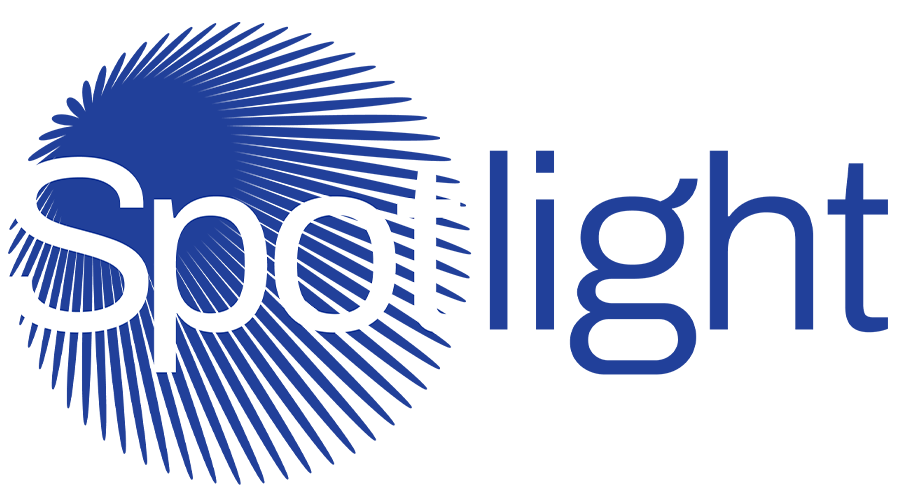On a scale from creepy to cool, personalisation – and its
newer offspring, hyper-personalisation – might just be
heading in the right direction. Compared with five years ago,
it’s now more accepted and perhaps also more expected, as
more of us experience it and understand how we can benefit
from it.
But that is happening surprisingly slowly. Anecdotally, the feeling seems to be that, while there are a few examples of great
personalisation, very few companies are really nailing it.
Personalisation: what it is
If generalised is intended for everyone, personalised is tailored for me.
At a very basic level, a generalised offer is something like “3 for the price of 2, while stocks last.” A personalised offer would be
something like: “during your birthday month, get 20% off all cakes and candles” – the kind of reward many loyalty programs
started off with decades ago.
Of course, the degree of personalisation has evolved. For example, using historical data, my favourite supermarket could see that I’ve never bought a cake from them before, but I do regularly buy other confectionary, especially chocolates, and especially dark chocolate, and specifically one particular brand of dark chocolate. And so they could reward my loyalty by giving me points to redeem on one of those slabs for free when I visit the store during the week of my birthday. Yes please, and thank you very much!
Hyper-personalisation goes even further, using more than just historical data, and incorporating other dimensions of data, often in real time – for example, geolocation. Let’s say I’ve got the aforementioned offer for a free slab of dark chocolate, so I go to the supermarket on my birthday. Picking up my live location, the supermarket could detect that I’m in the shop and send a message to my phone: “Great to see you in our store today. Please help yourself to a second free chocolate, on us. And happy birthday!”
That might be the kind of territory where “creepy” comes in for some people, but this kind of hyper-personalisation should require my opt-in and permission, in which case it’s delightful, and the experience strengthens my loyalty to the store.
A similar example of that kind of hyper-personalisation could be used as part of a coffee chain’s reward program. Let’s say I buy an espresso every day from the chain, at around the same time and in a specific area. But today I have a meeting out in the suburbs. The coffee chain could ping me a notification telling me where the nearest store is.
Again, the degree of personalisation that’s possible has evolved. Think of it as levels of personalisation, based on how much data is available and how much is known about a customer:
At Level 1: this customer likes sport.
At Level 2: this customer plays sport.
At Level 3: this customer plays golf.
At Level 4: this customer plays golf most Sundays.
At Level 5: this customer plays golf most Sundays at a certain club.
At Level 6: this customer is playing golf right now at this club.
Levels 1 to 3 are arguably more in the territory of segmentation than personalisation – an offer of discounted golf balls, for example, might go to a group of (hundreds or thousands of) people.
But you can see how, at each progressive level, it’s possible to tailor rewards to make them more relevant, immediate and individualised. For example, at a certain level we could know what brand of clubs or balls this customer prefers. And at each progressive level of personalisation, there’s the likelihood of increasing that person’s engagement with and loyalty to your company or brand.
Personalisation: why it isn’t
This is not science fiction. But it’s far from ubiquitous. In fact, even more basic forms of personalisation are still surprisingly unusual. And the worst attempts at personalisation are still common.
That email you got from your supermarket with “deals exclusively for you” even though you haven’t shopped there for over a year, and don’t even remember joining their loyalty program? That’s not personalisation. That’s very poor use of data, and it’s very poor “spray and pray” type marketing, more likely to keep you away than entice you back.
As bad as poor attempts are, the potential to engage people positively and earn their loyalty through personalisation is clear. So why aren’t we seeing more of it?
Well, even with the best intent, there are some hurdles.
The allure is clear, but it’s still relatively early days. Most businesses are still learning to navigate data, personalisation, and the tools to utilise it all. Throw in game changers like AI and it gets even more exciting, but also more complex. Teething problems and learning curves are part of the picture.
It’s obvious from the golf example above that every level requires progressively more data. But if you’re starting from scratch, it takes time to build up the amount and quality of data.
This might sound counter-intuitive. But it’s possible for a company to have collected so much data over time that they don’t know what to do or where to start with it. Tatenda Gweshe, Data Science Strategy Director at Achievement Awards Group, says that good data scientists are “more like journalists than novelists.” Data tells stories, but you have to know which stories, or which part of the story, has most relevance. You have to be able to discern which data is interesting and useful from that which is not.
Data doesn’t exist in a vacuum. Some people are good at finding it, but they don’t necessarily know how to use it. Just like some doctors are good diagnosticians and some are good surgeons and some are at the forefront of medical science – but very few are experts at all three. It’s similar with data. Putting it to good use needs analysts, of course, but also strategists, marketers, developers… really, a team of people who can put their smarts together effectively.
• Not enough prioritisation
Businesses juggle a lot of balls, and personalisation just might not be among them. There may also be an element of risk aversion, or fear: data is like a foreign language to many, and if it’s never been part of a business, it requires a degree of experimentation, of adventure. Some businesses might also be slow to the party because of complacency, having done very well doing what they know. It’s the old “if it ain’t broke” chestnut.
• Not enough time or money
It takes time, effort and resources to set up and then build up good quality data. And that is borne out by the reality of how long it’s taking for really good personalisation to become commonplace. Data might be having its time in the spotlight as far as headlines go, but hype doesn’t sign off budgets.
Any one of these hurdles will hinder personalisation. But most business need to overcome several or all of them. So what’s to be done?
Start small, start slow, but start
Businesses don’t need to aim to go straight to hyper-personalisation. Doing something is better than doing nothing, and even a little bit of data is better than none.
The key is to do something useful with the data you have. Even a small amount enables some degree of personalised rewards, with the potential to improve engagement and loyalty. Then build it up, learn as you go, and keep putting one personalised foot in front of the other.
It’s a proverbial marathon, not a sprint.

